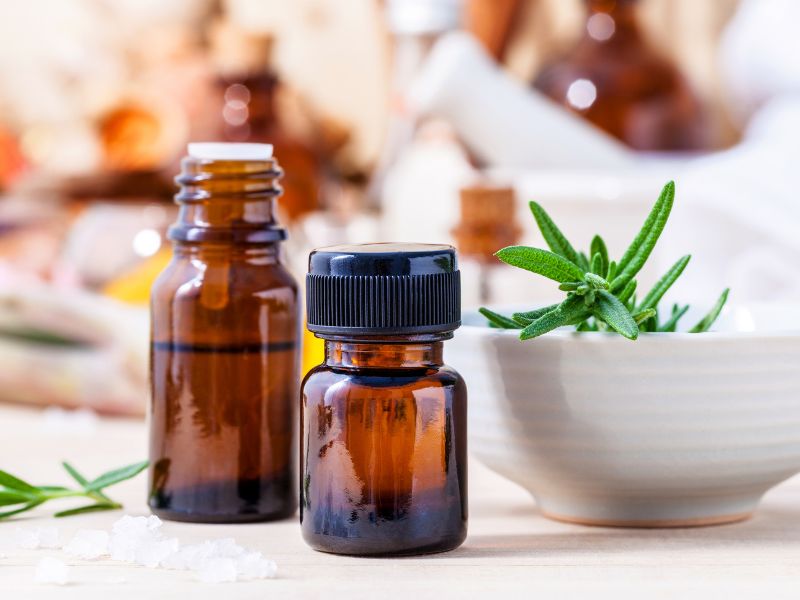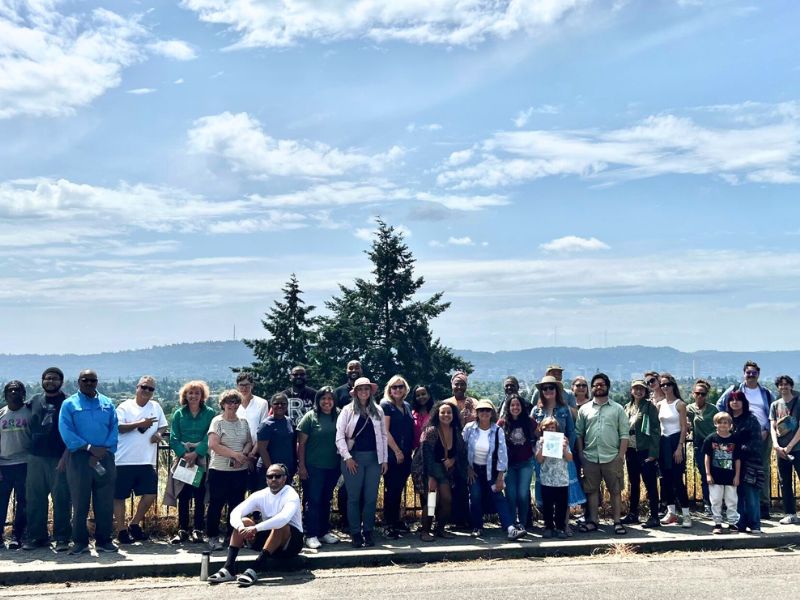It’s June and our valerian (Valeriana officinalis) is in full bloom! Here’s a picture of our valerian taken in the American College Botanical Teaching Garden in Portland, Oregon.
The ACHS Botanical Teaching Garden is part of the ACHS campus and is open to visitors year-round. Stop by! Bring your friends and family for a self-guided tour of some of our favorite medicinal plants … like valerian! >>Click here for directions
Did you know valerian is a perennial? It has paired leaves and white, or light pink, slightly fragrant flowers.
Valerian, commonly used for its sedative effects, has also traditionally been used with high blood pressure (associated with stress), influenza, insomnia (associated with nervous conditions), mental strain, migraines, nervous irritation, pain, spasms, stress, and traumatic injuries with associated pain.
Valerian has a powerful antispasmodic and tranquilizing effect on the nervous system, yet is not habit-forming and can be used in the stated dosage over time. It was once widely used, but with the advent of synthetic tranquilizers such as Valium and Librium, its use has declined.
Unlike synthetic tranquilizers, it does not have side effects if used in the stated dose. However, an excessive dose of valerian may produce stupor, drowsiness, severe headaches, and vomiting. Smaller doses at more frequent intervals are recommended rather than increasing the size of each dose.
Recipe: Nerve Tonic (for stress and emotional wear and tear)
1 oz valerian Valeriana officinalis
1 oz skullcap Scutellaria lateriflora
½ oz catnip Nepeta cataria
½ T coriander seeds Coriandrum sativum
¼ t cayenne pepper Capsicum annuum
Mix ingredients and prepare as standard infusion. Use 4-6 T warm, 3-4 times a day and before bed.
This article is for informational purposes only. It is not intended to treat, diagnose, cure, or prevent disease. This article has not been reviewed by the FDA. Always consult with your primary care physician or naturopathic doctor before making any significant changes to your health and wellness routine.
Watch this ACHStv YouTube video (below) for an overview of valerian in the ACHS Herb Garden. Great shots of flowering valerian, harvested for its root in the fall.




